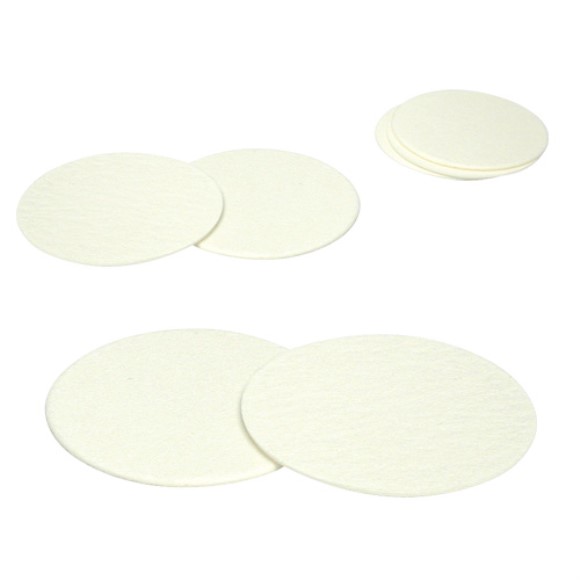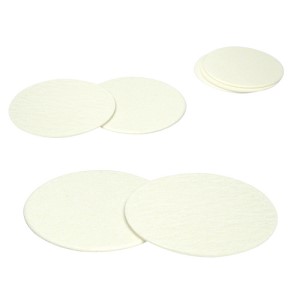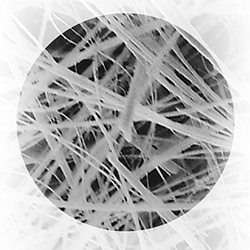Glass Fiber Filters, 1.0 µm, 25 mm
Glass Fiber Filters, 1.0 µm, 25 mm Overview
Glass Fiber Filter, 1.0 µm, 25 mm, no support pad included, 310 to 350 µm thick, binder-free, Type A/E; recommended for use with Button Sampler, pk/500SKC Glass Fiber Depth Filters, made of binder-free borosilicate glass fiber, provide a tortuous path of openings that allow air to pass through but trap particles throughout the depth of the filter. Glass Fiber Depth Filters are autoclavable and provide high particle retention and wet strength. Supplied in bulk or preloaded cassettes
Specified in EPA methods for environmental particulate matter gravimetric analysis
- Filter Type : Depth
- Filter Material : Glass Fiber
- Filter Pore Size : 1.0 μm
- Filter Diameter : 25 mm
- Filter Cassette Material : Filter Only
- Filter Support : No
- Preweighed : No
- Matched-weight : No
- Autoclavable : Yes
- Binder-Free : Yes




